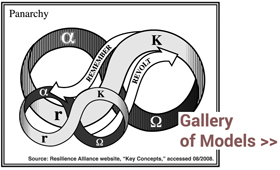“Debt,” wrote Margaret Atwood in Payback: Debt and the Shadow Side of Wealth, “is revealed as a double-sided balancing act in which debtor and creditor alike are culpable.”
Yet “debt traps are not immutable,” assures Robert Kuttner in “The Debt We Shouldn’t Pay,” a New York Review of Books commentary on David Graeber’s Debt: The First 5,000 Years.
Kuttner outlines a range of policies for debt relief.
On national debt:
With a Chapter 11 law, Greece could have written off old debt and used new borrowing to finance new growth, just like a private corporation. Even acknowledging past bad behavior (as in the case of many corporate bankruptcies), a Chapter 11 for countries could sensibly combine incentives for honest bookkeeping with macroeconomic policies that write off old debt for the sake of recovery.
On mortgage debt:
Government could refinance mortgages directly using the Treasury’s own low borrowing rate, as was done by Franklin Roosevelt’s Home Owners’ Loan Corporation. Fannie and Freddie, remade into true public institutions, could provide the refinancing. The Obama administration’s existing mortgage relief program, run through private banks, excludes the most seriously underwater homeowners. The terms largely prohibit significant reductions in mortgage principal owed, and these limitations should be liberalized by the administration.
On student debt:
[A]n Obama administration program permits about 1.6 million of the 37 million college borrowers to finance education costs by paying a small surcharge on their future income taxes, instead of incurring debt. This option could be made universal. The group Campus Progress proposes allowing college debtors, who currently pay an average of almost 7 percent interest, to refinance their debt at the ten-year Treasury borrowing rate of about 2 percent. This would save young adults $14 billion this year alone.

